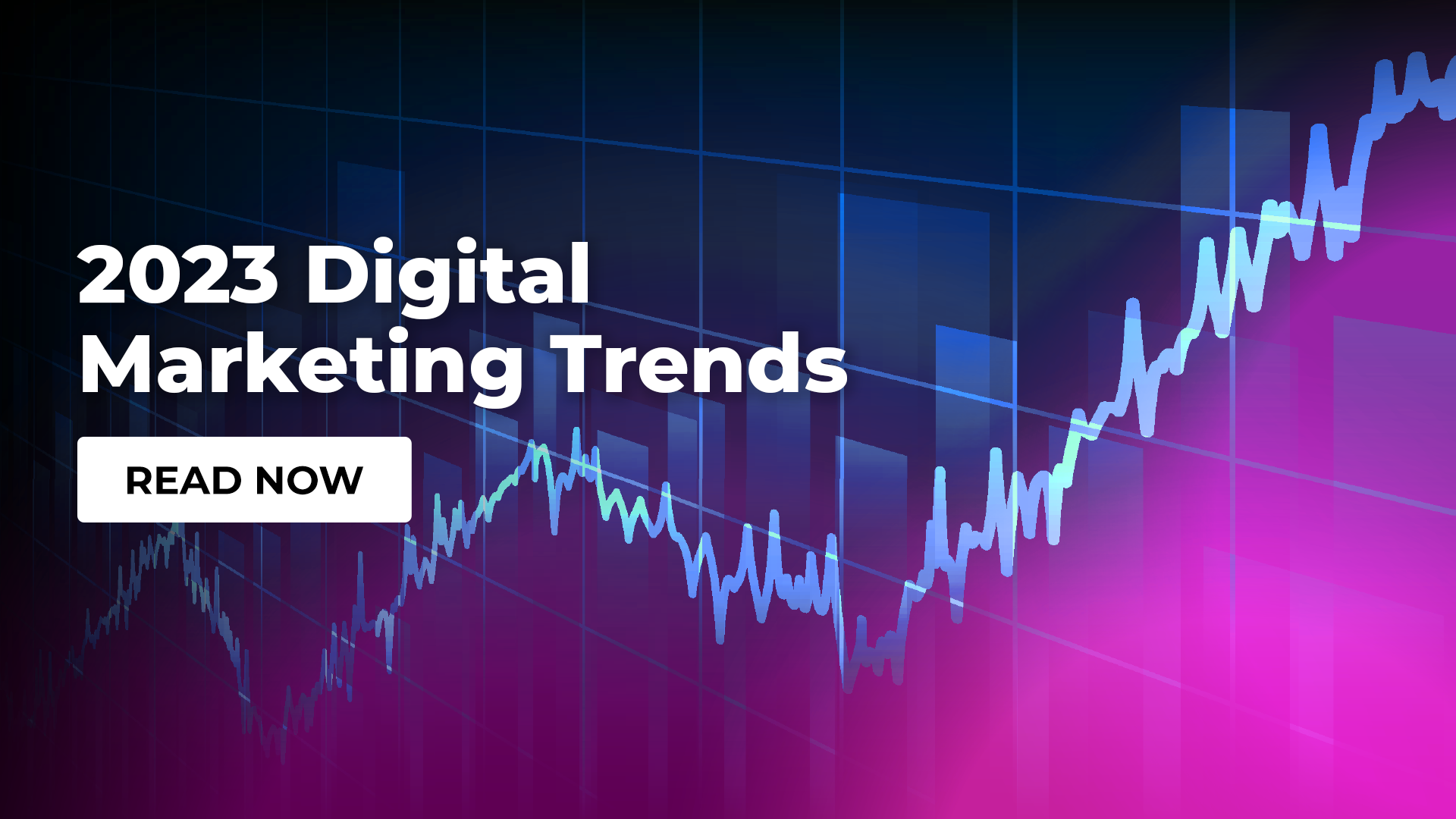
As marketers and digital innovators, we have the unique opportunity to stay one step ahead of changing consumer behavior and new technologies. To get a better grasp on this ever-shifting landscape, let’s explore the key digital marketing trends that are sure to shape how we market services and products in 2023.
Despite economic uncertainty, Influencer Marketing remains an essential strategy this year. As shoppable content comes into play, Influencer Marketing is moving down the funnel, blending even further with affiliate marketing to generate sales. Things like coupon codes, affiliate links and revenue-share compensation will help marketers track and attribute sales generated from their campaigns.
In order to appeal to target audiences, influencers and brands alike will strive to become more relatable than ever before. Audiences are looking to their favorite influencers for attainable inspiration, with nearly 90% of Gen Z and millennials saying it’s important for influencers to be authentic and genuinely care about their interests, according to Morning Consult’s 2023 Influencer Report.
Last but not least, video content will continue to reign supreme. TikTok, Instagram Reels and YouTube Shorts are still dominating the market as people want to be constantly entertained and receive information in a convenient way. Accordingly, HubSpot recently reported that marketers will invest the most money in short-form video and Influencer Marketing in 2023.
Combining the cost-effectiveness of social media advertising and increased visibility on platforms through viral trends, shoppable content will be an optimal path to purchase this year, especially as primary KPIs shift from awareness to conversions.
There are several ways to incorporate social commerce into digital marketing strategies. Live shopping through platforms like Instagram and TikTok is the quickest way to monetize consumers who spend time on social media while they’re on the go. With the seamless integration of Shopify into Instagram and TikTok live capabilities, executing a live event requires minimal lift from a technical perspective.
In addition to live experiences, there are also many other shoppable formats for both paid and organic content that have proven to successfully drive ROI. For instance, simple integration of an e-commerce site into a social platform via Instagram Shops allows brands to make every product post shoppable without having to leave the app. This approach can also be used for boosted or paid media, along with similar formats like link posts.
Lastly, capitalizing on platform trends is a great way to drive visibility and purchase intent. Content that follows a trending format like “Get Ready With Me” and viral hashtags like “#TikTokMadeMeBuyIt” increase discoverability and spark purchase intent through relatable content and messaging.
While Instagram and Facebook held the largest share advertising dollars in 2022, TikTok was the only platform to achieve advertising growth while competitors saw flat or declining ad sales. Along with TikTok’s retail potential and integration, this has encouraged marketers to allocate a more sizable spend toward the platform.
As we see shoppable ads and other solutions like TikTok’s Shopify integration continue to develop, consumers will increasingly adopt behaviors of shopping in-app, if this isn’t something they already feel comfortable with. This will ultimately lead to lower CPMs and CPAs for purchases.
Combining shoppable ads with creator content is another tactic that will continue to grow in 2023, as the desire for authenticity increases. TikTok content already takes a more authentic approach, so using creators to make content with the same low-fi look and feel of its native content will yield the best results. As users become more accustomed to detecting ads, truly authentic content will be the best way to get them to stop and engage.
In terms of more niche targeting, TikTok Pulse will give brands the advantage of placing their ads next to the most culturally relevant content based on 12 categories. The app will also roll out a new ad-based revenue model that will allow content creators to make money off their videos.
As consumers continue to cut the cord with linear TV and look to access streaming services from devices like Roku, traditional off-air media dollars are being allocated toward Connected TV.
The strategy behind shifting dollars is directly connected to the goal of most marketing: target consumers where they spend their time to achieve the greatest awareness. CTV is both targeted and measurable, and can be used as part of an omnichannel digital strategy, reaching the same users with messages over the course of the day, on different platforms. As streaming services continue to focus on the user experience with improvements in programmatic technology and a more “TV like experience,” these increased opportunities and competition within CTV should also lead to innovation in formats, including the potential for seamless shoppable TV.
Rounding out our 2023 trend predictions is Artificial Intelligence. With over 2,000% growth since 2017, AI will continue to be a valuable tool for marketers as platforms like ChatGPT offer more turnkey avenues of content creation.
One great use of AI is for copy needs. For example, paid media ads require specific variations of the same messaging. Historically, copywriters would spend hours thinking of clever ways to write the same message repeatedly, but with AI, they can have a variety of options in a matter of minutes.
Virtual talent, or computer-generated fictional characters, is another area on the rise in 2023. Whether a brand is generating their own virtual talent or using one that’s already more established, it’s an easy way to increase content creation output when resources might be limited.
And lastly, AI lends itself as a valuable tool for obtaining insights and research on a specific topic or action. Capabilities include generating thought starters for content creation, obtaining information on a specific brand’s demographic, and even script writing. The sky is truly the limit when it comes to AI capabilities and we can’t wait to see how it’s put to use in 2023!
Interested in learning more? Subscribe to our newsletter for the latest digital marketing news and trends!